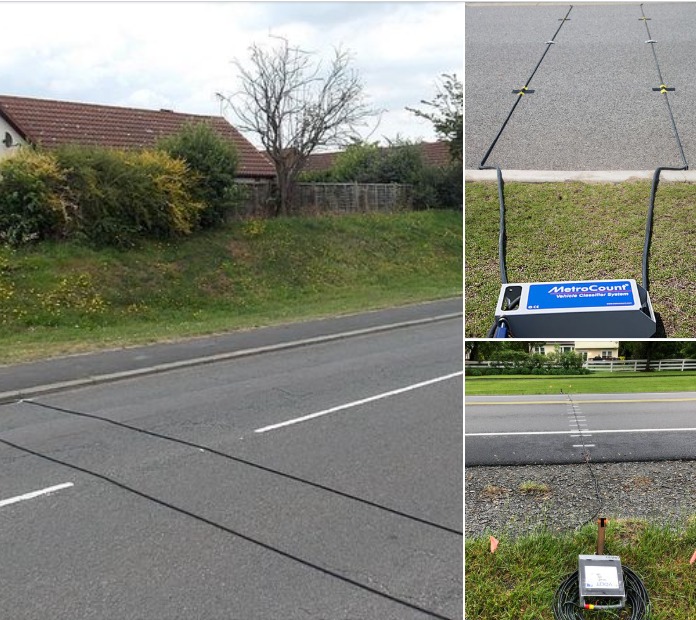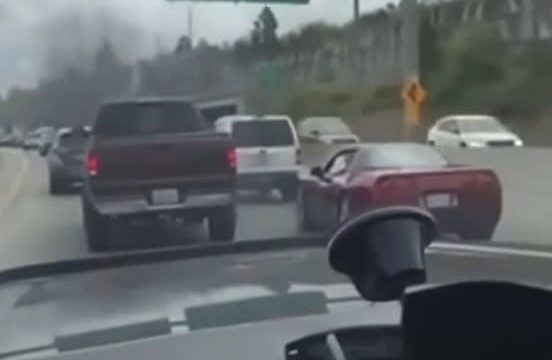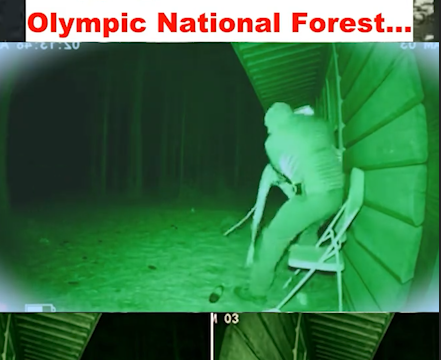Next time you’re driving down a highway or passing through a quiet neighborhood, take a moment to really look at the road. You might notice a set of black cables stretched across the pavement. They usually lie flat and quietly blend into the surroundings, and most of us have probably driven over them countless times without a second thought.

They might seem mysterious or even pointless at first glance, but they actually play a very important role in how traffic is monitored and managed across the country. These black cables are more than just random pieces of rubber lying in the street—they’re called road tubes, and they’re part of a smart, low-maintenance system used by local transportation agencies to collect critical data about traffic patterns. While they might look unimportant, these tubes are tools that help decision-makers better understand how roads are being used and what improvements may be needed to make them safer and more efficient.
They’re safe to drive over, and most drivers don’t even notice them—but behind the scenes, these tubes are working hard. The way road tubes work is actually pretty clever. When a car tire rolls over the tube, it compresses the rubber and sends a small burst of air through it. That air travels through the tube to a device called a counter, which records the event. Every time a tire hits the tube, another burst is recorded. It’s a simple system, but it produces extremely valuable information.
If the tubes are placed in pairs, they can collect even more specific details. By measuring the time it takes for each tire to cross both tubes, the system can estimate the vehicle’s speed, determine which direction it’s heading, and even classify the type of vehicle—whether it’s a small car, a pickup truck, or something much larger like a commercial van or delivery truck.
This information helps transportation agencies track not just how many cars are passing through an area, but also when traffic is heaviest, how fast vehicles are moving, and what kinds of vehicles are using the road most frequently. Once the tubes and counters have been left in place for a certain amount of time—maybe a few days or a week—the data is collected and analyzed. Planners and engineers use this information to decide whether speed limits should be adjusted, whether new road signs are needed, or even if more extensive construction projects should be planned to handle increased traffic. What’s great about these road tubes is that they provide a cost-effective and low-labor way to get accurate traffic data without having to station people on the road or install complex digital equipment. It’s amazing how much information can be gathered from something as simple as a puff of air. These tubes are a perfect example of how technology can be smart without being flashy. They work quietly, don’t require much maintenance, and are removed as soon as they’ve served their purpose. And because they don’t interfere with driving or cause any sort of disruption, they’re one of the most efficient ways to study road usage without causing inconvenience to the public. I’ll admit, I used to be one of those people who wondered what those random black cables were doing stretched across the road. I never thought they were anything more than temporary wires or maybe part of some construction project. Learning that they actually gather valuable traffic data just from the pressure of car tires is genuinely fascinating. The next time I see them, I’ll know they’re doing something important, even if they seem so minor at first glance. If you’ve ever been curious about these black cables, now you finally have an answer. They’re part of a quiet system working in the background to keep traffic flowing smoothly and make our roads safer for everyone. So next time you drive over one, remember—it’s not just a bump in the road, it’s a moment of data being captured to help build better infrastructure. And if you didn’t know about this before, go ahead and share it—chances are someone else has been wondering about them too.





